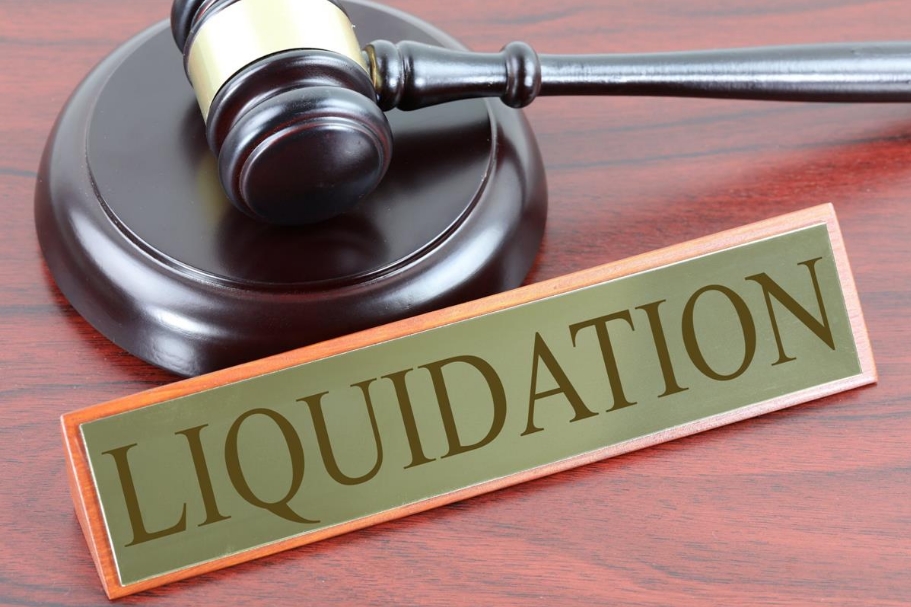Understanding the Voluntary Liquidation Process for Insolvent Companies

Many companies face financial issues at some stage in their natural life. It would be best if you looked at the recent liquidations of some of the high street’s top shops. While voluntary liquidation may seem bleak, there are still opportunities for company directors. If you are in a dilemma with your company’s liquidation.
For firms facing significant cash flow problems, liquidation can become a genuine threat. There are various procedures for liquidating a firm: voluntary and compulsory. A licensed practitioner brings the third sense to the process, making it easier and less stressful. The following is a guideline to the insolvent liquidation process:
Statutory Declaration of Solvency
A firm may be wound up voluntarily under the control of its members only if a ‘Declaration of Solvency.’ It comprises of a statement of its liabilities and assets. It is made by the majority of the company’s directors within five weeks, immediately preceding the passing of a resolution to liquidate. What must be sworn is that the company can pay its debts in full with interest at the official rate within not more than one year.
Pre-appointment Challenges
Before any appointment, the firm’s representatives and the nominated liquidator compare the actual position of the company to its solvency. The initial requirement is an up-to-date list of the company’s assets and liabilities. If the company has ceased to trade, the file should be prepared up to the date of cessation. Professional valuers may need to be instructed to establish accurate asset valuations …



